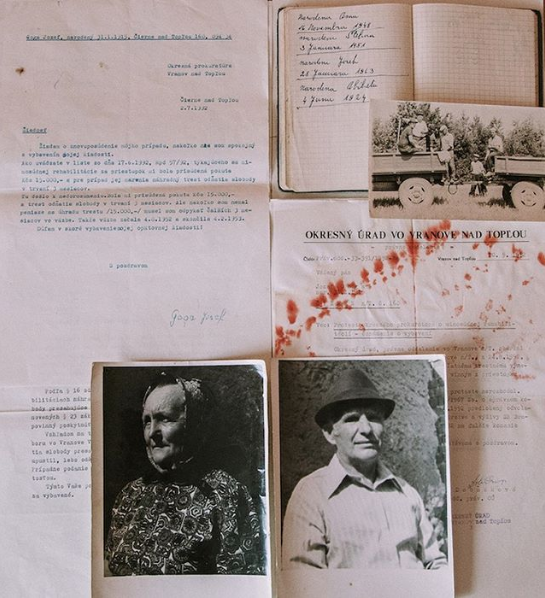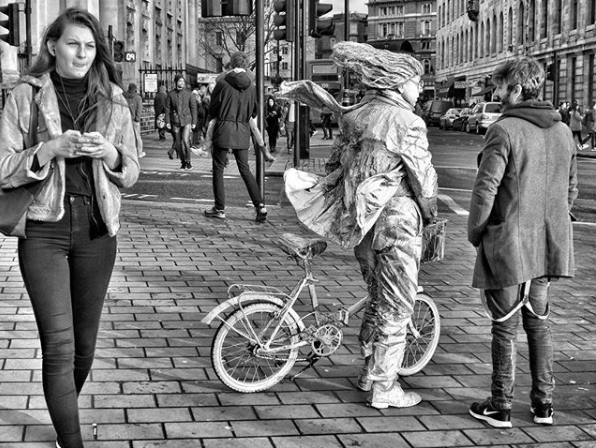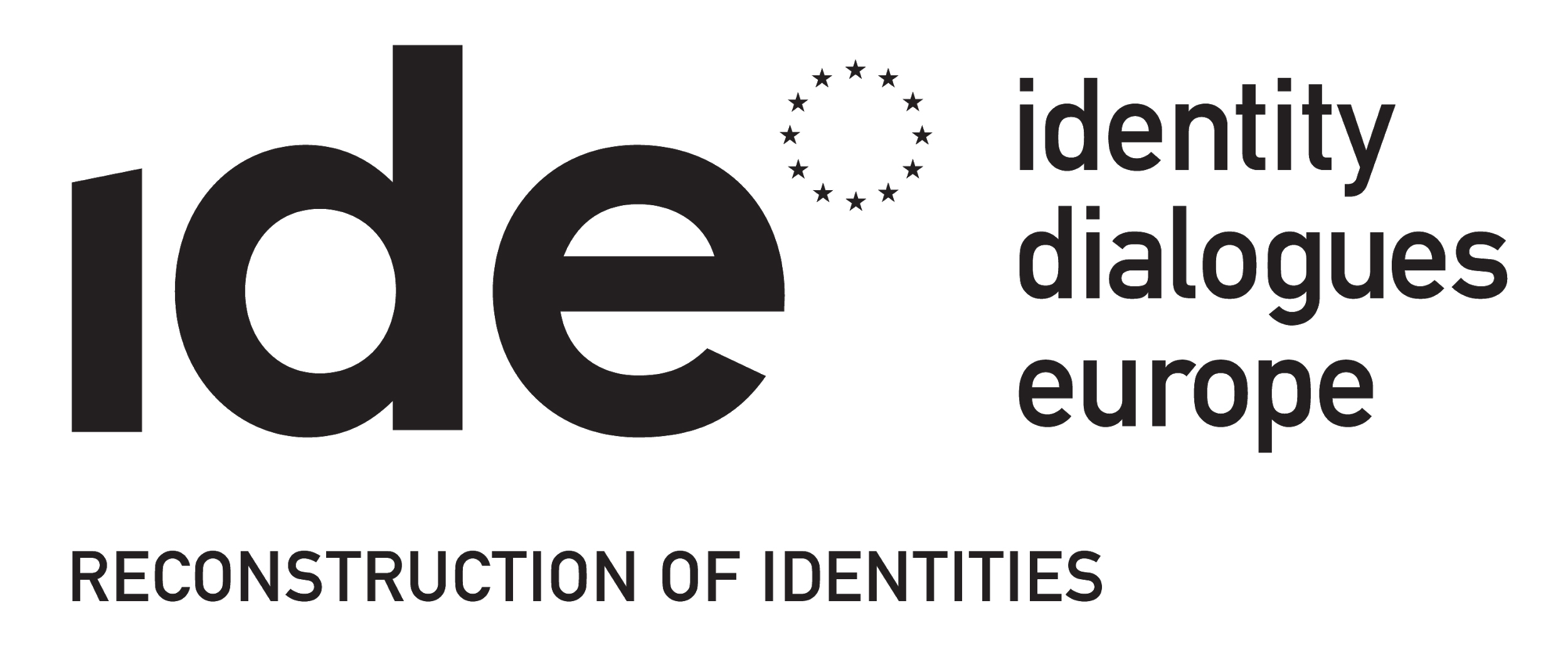Reflections on European history and actuality related to the reconstruction of European identity, based on photographer’s submissions for the Identity Dialogues Europe project.
What comes to your mind when you think about Europe? Do you perceive it as a continent bonded through common struggles and traditions? Or maybe as a land of opportunity for people from all kinds of backgrounds and origins?
The European identity is something that evolves along with the society that conforms it.
XX Century Slovakia
This week we highlight a submission to our #opencall by Zuzana Gogova that retrieves a piece of European history. How does the past influence who we are now?
 Čierne nad Topľou, Slovakia. “In 1952 my grandfather from my father’s side was sentenced to prison for not being willing to give his lands, and lands he inherited from his ancestors, to the state in a so-called process of collectivisation happening during the hardship of the 50’s under the ruling of the Communist party. Collectivisation was a violent process where farmers and peasants were forced to give up their lands, cattle or machines they owned in favour of the emerging “united peasant cooperatives” (known as JRD). Of course, the inherited pride of my grandfather didn’t let him sign it off willingly. As a result, he was sentenced to 3 months of prison and to pay 15 000 Kčs for violation of a newly established law. While he didn’t own that much money, his sentence was prolonged to 6 months in prison, which in practice meant to work in the stone-pit in a village called Ruskov, about 60 km away from the place where he lived with his wife and 2 little kids. Grandmother used to joke around saying that she went to the field in the morning and didn’t see her husband for the next half a year. She even didn’t have a clue when he disappeared until a little bit later someone would tell her. (…) In 1992 extrajudicial rehabilitation for political prisoners was announced. The process in which my mom took initiative lasted for more than a year but thanks to it we as a family have slightly more pieces of information of what was happening in 1952. My mom, at the time on maternal leave with 3 kids, being 23 years old with finished high school in economics, became a kind of investigator, asking detailed questions of my granddad so she could use them in court. Exchanging the letters with lawyers from the Ministry of Justice while explaining to them why my grandad deserves to be rehabilitated – everything written on a typewriter. (…) These are documents, memories, photographs, handwritten notes of my granddad as a piece in my family history I would love to portray in a more visual narrative.”
Čierne nad Topľou, Slovakia. “In 1952 my grandfather from my father’s side was sentenced to prison for not being willing to give his lands, and lands he inherited from his ancestors, to the state in a so-called process of collectivisation happening during the hardship of the 50’s under the ruling of the Communist party. Collectivisation was a violent process where farmers and peasants were forced to give up their lands, cattle or machines they owned in favour of the emerging “united peasant cooperatives” (known as JRD). Of course, the inherited pride of my grandfather didn’t let him sign it off willingly. As a result, he was sentenced to 3 months of prison and to pay 15 000 Kčs for violation of a newly established law. While he didn’t own that much money, his sentence was prolonged to 6 months in prison, which in practice meant to work in the stone-pit in a village called Ruskov, about 60 km away from the place where he lived with his wife and 2 little kids. Grandmother used to joke around saying that she went to the field in the morning and didn’t see her husband for the next half a year. She even didn’t have a clue when he disappeared until a little bit later someone would tell her. (…) In 1992 extrajudicial rehabilitation for political prisoners was announced. The process in which my mom took initiative lasted for more than a year but thanks to it we as a family have slightly more pieces of information of what was happening in 1952. My mom, at the time on maternal leave with 3 kids, being 23 years old with finished high school in economics, became a kind of investigator, asking detailed questions of my granddad so she could use them in court. Exchanging the letters with lawyers from the Ministry of Justice while explaining to them why my grandad deserves to be rehabilitated – everything written on a typewriter. (…) These are documents, memories, photographs, handwritten notes of my granddad as a piece in my family history I would love to portray in a more visual narrative.”This photograph shows how the new generations nurture the memories of the previous ones. Some stories never die, and they can have an impact on our ways of thinking, motives, goals and actions. The shared history of native Europeans and cultural heritage is present in our daily lives.
However, just like the form of government changed in Slovakia, the people in Europe have changed and diversified over the years.
XXI Century England
Diversity is wealth. Europe is filled with contrasts that blend together into a pluralistic identity. Hereby another submission to our #opencall by Patryk Ostoya:
 Trafalgar Square, London.
Trafalgar Square, London.“Streets of London… Full of contrasts..”
Being different is the new normal in European metropolises. Each person living in Europe has a specific background that influences him to a certain degree. As such, the multicultural environment in which they live in has raised the importance of developing acceptance and tolerance to diversity.
Now, we invite you to participate in this dialogue on social media about an European identity, what it meant and what it means now.
Reflections on European History and Actuality
#identitydialogueseurope #creativeeurope

